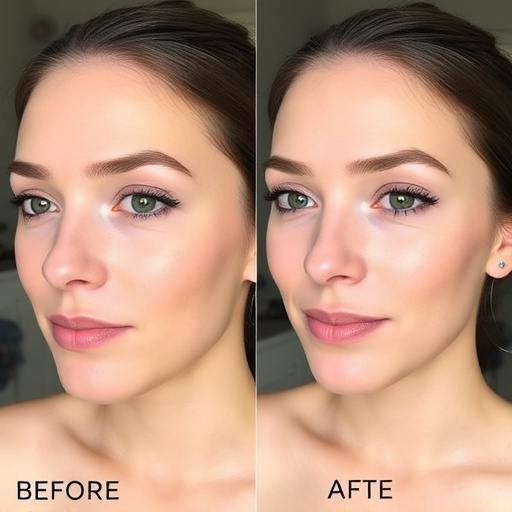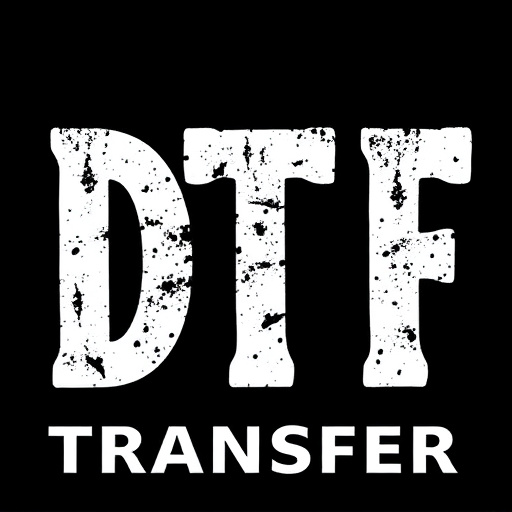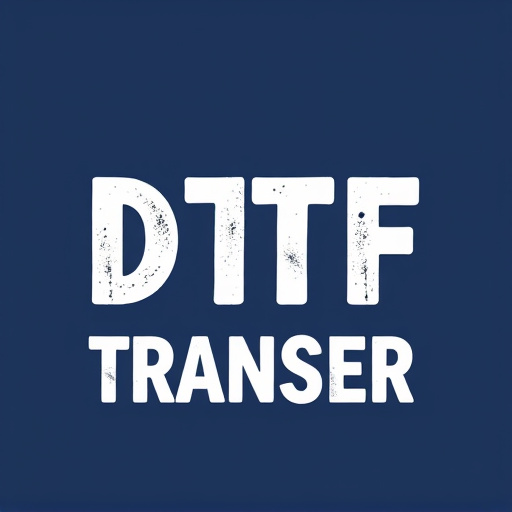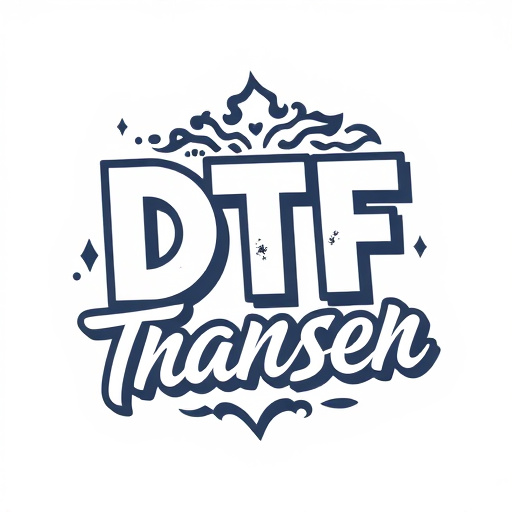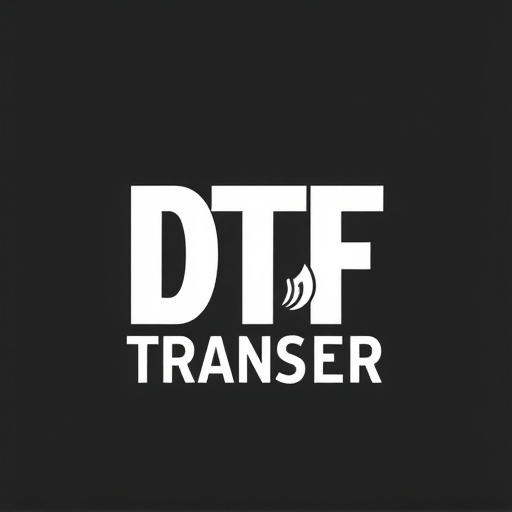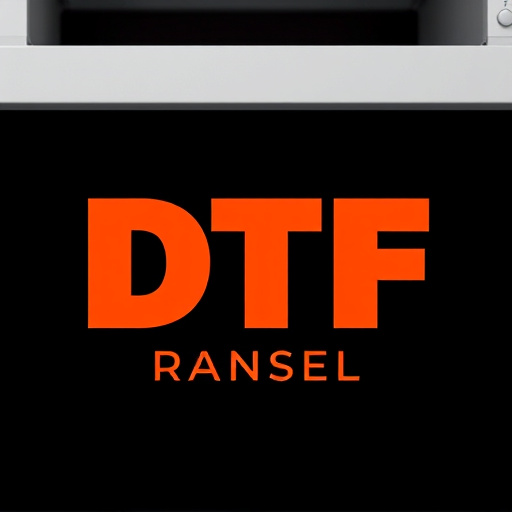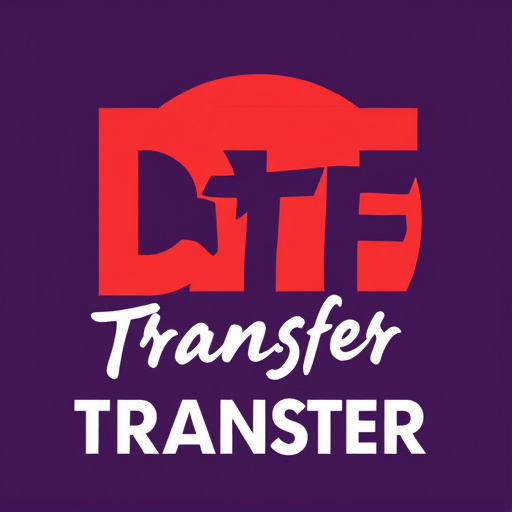DTF (Direct to Fabric) transfer technology revolutionizes printing on stretchy fabrics like clothing, activewear, and home textiles by applying vibrant designs directly onto fabric using special ink. This method offers superior durability, aesthetic appeal, and flexibility compared to traditional techniques, making DTF ideal for dynamic applications such as athletic wear and performance accessories. With advancements in materials science and digital printing, DTF transfers enable intricate patterns, maintain colorfastness during movement, and support quick turnaround times for personalized, high-quality designs. Selecting the right DTF transfer requires understanding fabric properties and desired outcomes, while proper pre-treatment and print settings ensure optimal results.
Discover the future of fabric printing with flexible film transfers, also known as Direct to Fabric (DTF) Transfers. This innovative technology is revolutionizing the garment industry by enabling high-quality prints on stretchy fabrics, once considered a challenge. Our comprehensive guide explores DTF’s evolution, its seamless integration with diverse materials, and the multitude of benefits it offers. Learn how to choose the right transfer for your fabric and master best practices for exceptional results.
- Understanding DTF Transfers: A Gentle Introduction
- The Evolution of Flexible Film Transfer Technology
- How DTF Transfers Work with Stretchy Fabrics
- Benefits and Applications in the Garment Industry
- Choosing the Right DTF Transfer for Your Fabric
- Best Practices for Achieving High-Quality Prints on Stretchy Materials
Understanding DTF Transfers: A Gentle Introduction
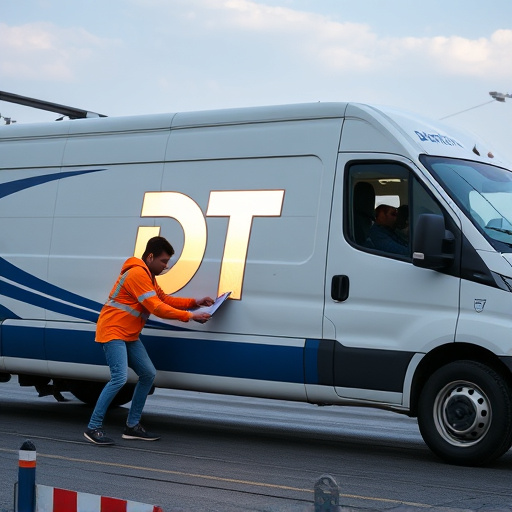
A DTF (Direct to Fabric) transfer is a cutting-edge printing technique that allows for incredibly flexible and durable image replication on stretchy fabrics. Unlike traditional methods confined to flat surfaces, DTF transfers offer a revolutionary way to bring vibrant designs to life on materials like clothing, activewear, and even home textiles. This process involves applying a special ink directly onto the fabric, enabling it to stretch and move seamlessly while maintaining the integrity of the printed image.
DTF technology has gained immense popularity due to its versatility and ability to produce high-quality prints on a variety of fabrics. The secret lies in the transfer’s adhesion properties, which ensure the design moves with the fabric without peeling or cracking, even under extreme stretching. This makes DTF transfers an ideal choice for dynamic applications where movement is key, such as athletic wear and performance accessories.
The Evolution of Flexible Film Transfer Technology
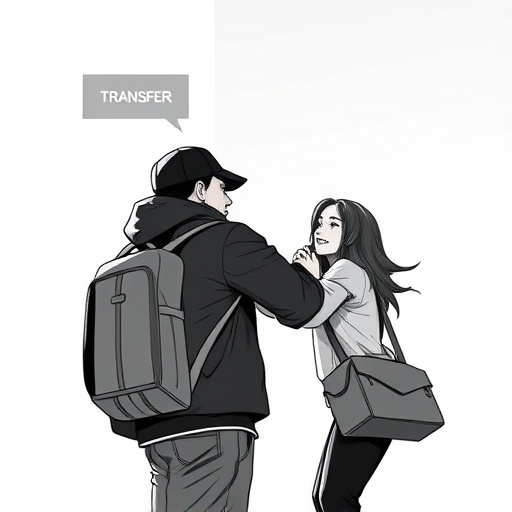
The evolution of flexible film transfer technology, particularly Digital Thermal Forming (DTF) transfers, has revolutionized the way we interact with stretchy fabrics. Traditional methods often struggled to adapt to the dynamic nature of flexible materials, leading to limitations in both durability and aesthetic appeal. DTF transfers, however, have broken these barriers by enabling high-quality printing on a wide range of stretchable substrates, from clothing to medical devices.
This game-changing technology utilizes heat and pressure to fuse ink directly into the fabric, creating a seamless bond that moves with the fabric’s stretch. As materials science and digital printing technologies advance, DTF transfers continue to enhance their capabilities, offering improved color accuracy, enhanced durability, and greater flexibility in design possibilities. This evolution has not only boosted innovation in fashion and apparel but also found practical applications in fields like healthcare, sports equipment, and even automotive interiors.
How DTF Transfers Work with Stretchy Fabrics

Direct to fabric (DTF) transfers have revolutionized the way we print on stretchy fabrics. Unlike traditional methods that can be rigid and limited in their applicability, DTF transfers offer a flexible solution that moves with the fabric. This innovative technology uses a special ink that is directly applied to the fabric’s surface, creating a durable and vibrant design. The process involves heating the transfer to a specific temperature, causing the ink to bond permanently with the fabric fibers, ensuring both colorfastness and stretchiness.
With DTF transfers, designers and manufacturers can achieve intricate patterns and designs on various fabrics, from athletic wear to dance costumes. The ability to print directly onto stretchy materials without compromising their performance or aesthetics opens up a world of creative possibilities. This technology not only enhances the visual appeal but also ensures that the fabric retains its flexibility and comfort, making it ideal for activewear and other dynamic applications.
Benefits and Applications in the Garment Industry
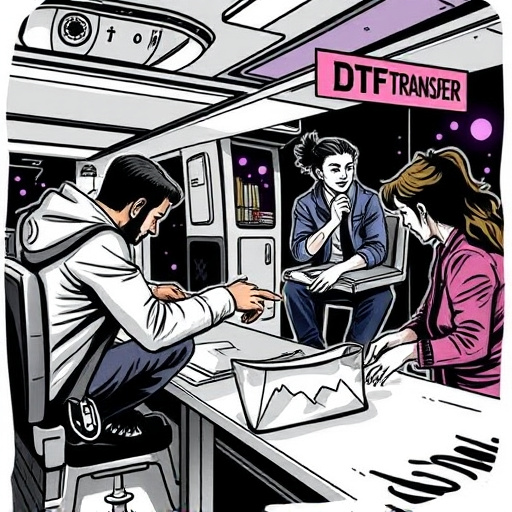
Flexible film transfers, such as Digital Thermal Transfer (DTF) printing, offer a revolutionary approach to garment decoration. One of their primary benefits is the ability to print on stretchy fabrics with unmatched precision and detail. This opens up a world of creative possibilities for designers and manufacturers. By moving with the fabric’s natural stretch, DTF transfers ensure that graphics and designs maintain their clarity and vibrancy even under extreme movement or pressure.
In the garment industry, this technology finds extensive applications. From athletic wear to activewear, DTF printing allows for personalized, high-quality designs on items like t-shirts, leggings, and sports bras. It also caters to fashion trends by enabling quick turnaround times for custom prints, allowing brands to swiftly adapt to changing consumer demands. Moreover, the durability of these transfers ensures that the designs last through multiple washes and wears, making them a reliable choice for both functional and fashion-forward garments.
Choosing the Right DTF Transfer for Your Fabric
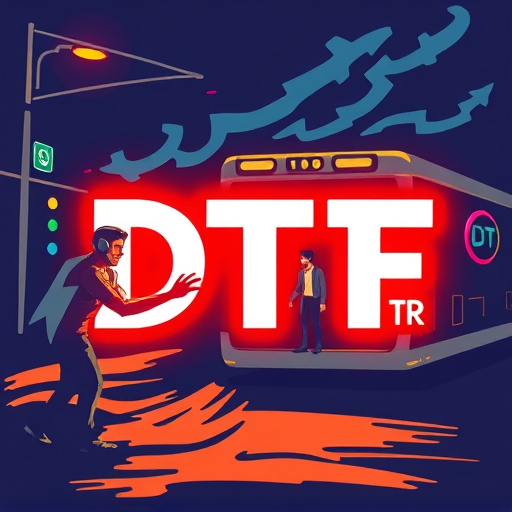
When selecting a DTF (Direct-to-Film) transfer for stretchy fabrics, consider the material’s unique properties. Different fabrics have varying levels of elasticity and texture, which can impact the quality of the final print. Opt for DTF transfers designed specifically for stretch materials, ensuring they offer excellent adherence and flexibility. These specialized transfers are often coated with durable adhesives that can withstand the movement and stretching without peeling or cracking.
The choice should also depend on your desired outcome and end-use. For instance, if creating athletic wear or activewear, look for transfers that provide breathability and comfort, while fashion garments might benefit from more intricate designs and vibrant colors. Additionally, consider the washability requirements; some DTF transfers are designed for long-lasting durability even after repeated washing, making them ideal for clothing applications.
Best Practices for Achieving High-Quality Prints on Stretchy Materials
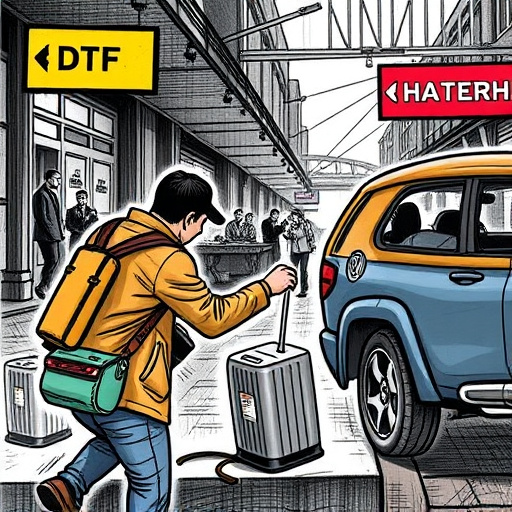
To achieve high-quality prints on stretchy fabrics using DTF (Direct to Fabric) transfers, several best practices should be followed. First, pre-treating the fabric is crucial; this involves cleaning and preparing the surface to ensure optimal adhesion for the transfer. Using a suitable cleaner or primer specific for textiles can significantly enhance the bond between the print and the material, resulting in vibrant and long-lasting colors.
Additionally, careful consideration of ink types and settings is paramount. Water-based inks are generally recommended for DTF transfers on stretchy fabrics as they offer excellent color saturation and are gentler on the fabric. Adjusting print settings, such as pressure and temperature, according to the specific fabric type ensures a crisp transfer without causing shrinkage or damage. Testing on samples before full production runs is also wise, allowing for adjustments and ensuring consistent, high-quality prints every time.
